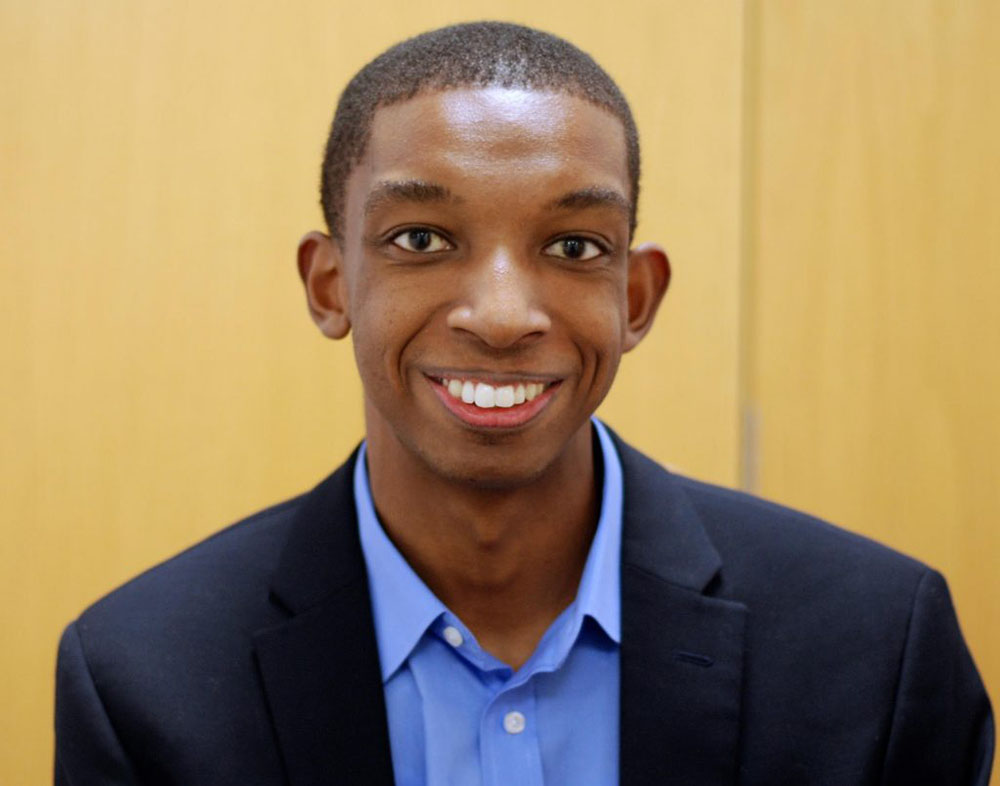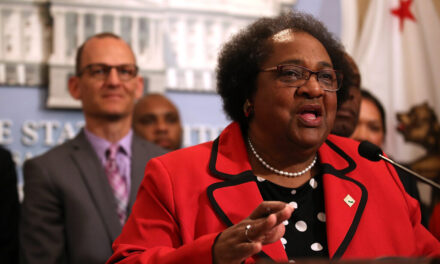“By talking about the past, I think we can play a positive role in our future.” said Ernest G. Green, of the Little Rock Nine in a lecture sponsored last Monday by the Society of African American Culture (SAAC) in conjunction with Pan-Afrikan Festival this year.
Green, 66, is one of the nine students who integrated Little Rock Central High School in Little Rock Arkansas on September 25, 1957. He and the eight other students: Elizabeth Eckford, Jefferson Thomas, Terrence Roberts, Carlotta Walls, Minnijean Brown, Gloria Ray, Thelma Mothershed, and Melba Patillo entered the high school despite efforts by angry white mobs, Jim Crow laws and Arkansas’ own governor at the time, Orval Faubus. Green was the first black student to graduate from Little Rock Central High School, on May 27, 1958.
The program began with an introduction of Green by Christina Cox, senior in biological sciences and president of SAAC, followed by a brief film outlining the experiences of the Little Rock Nine and a ceremony held for them during the Clinton Administration in 1997, commemorating the 40th anniversary of that day. When the lights came back on, Green delivered a message to inspire, uplift and remind students, faculty and staff of the past, its implications for the future and how it applies to them now.
Green immediately discussed the importance of exercising our right to vote as citizens mentioning the trials and the dangers many people faced in the 1950’s and before then in attempting to do so. “In those days, going to vote meant risking your life” Green said.
Green described a few of his experiences with racism, including being turned away from a concert in a public park with his family, being prevented from drinking out of a white’s only water fountain and denied suitable textbooks. “We knew that to keep black people separate was to mean we’d never be equal” Green said regarding segregation.
Daisy Bates, the president of the NAACP in Arkansas asked Green if he wanted to be one of the students to transfer to Little Rock Central High School. He described how troops were sent to protect them from the angry white crowds that stood outside the school, and how they received bomb, lynch threats and phone calls long after they entered the school. He revealed that he and his eight schoolmates
were frightened. Nevertheless, they persevered. “More than afraid we were determined. We were determined to break the barriers, not just for us, but for future people” Green said.
Green explained that most of the people against the integration didn’t want to harm them. They just wanted to see the students fail; proving that they couldn’t do the work and it was too much for black students to handle.
In order to succeed, he mentioned how the students studied tirelessly to keep these people and the Jim Crow laws from holding them back.
“To me, what we must do is rooted in what we have done” said Green, advising the audience to concentrate on three areas, education, economic development, and politics. He encouraged
students to take their education seriously since they were the next generation to pass it along. “There’s nothing your generation can’t do” he said.
Concerning economic development, Green advised to focus on the creation of capital and opportunities so that the wealth can be passed on to our children and flourish in our community so they can succeed. He discussed how the Civil Rights Movement brought about economic growth and opportunities to the South. Discussing his last point of politics, Green returned to the issue of voting stating “African Americans, in fact, all Americans don”t vote enough. We don’t have enough power” encouraging students to remain politically active.
He expressed that students need to do all they can to level the playing field. “Equality is not a fight for African Americans; it’s a fight for all
Americans” he said.
Green wanted make sure people knew the purpose of his speech. He asked only that students “Remember what we [The Little Rock Nine] were; just nine scared kids no better than anyone else who didn’t know what lie ahead, who were willing to trust those who had a vision of how things could be, who were willing to follow a path, remember others too, remember all the people who helped us.”




